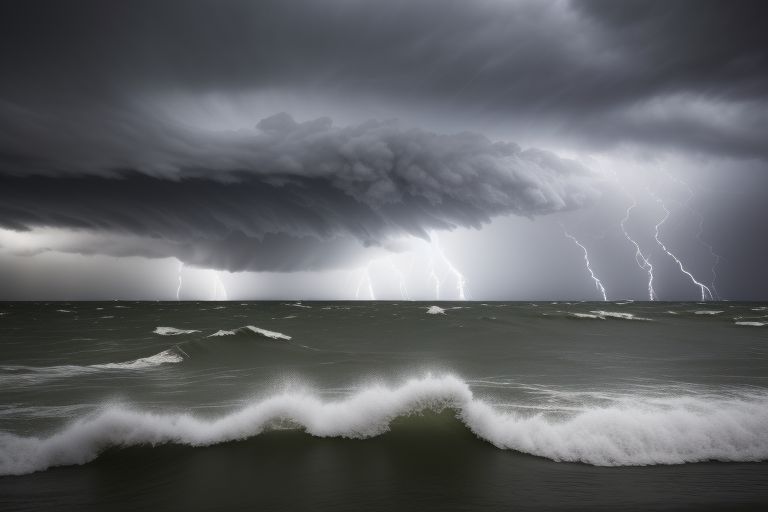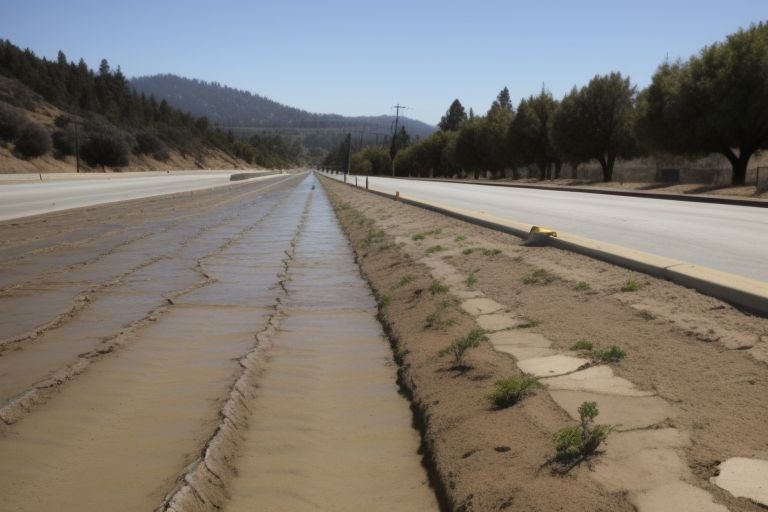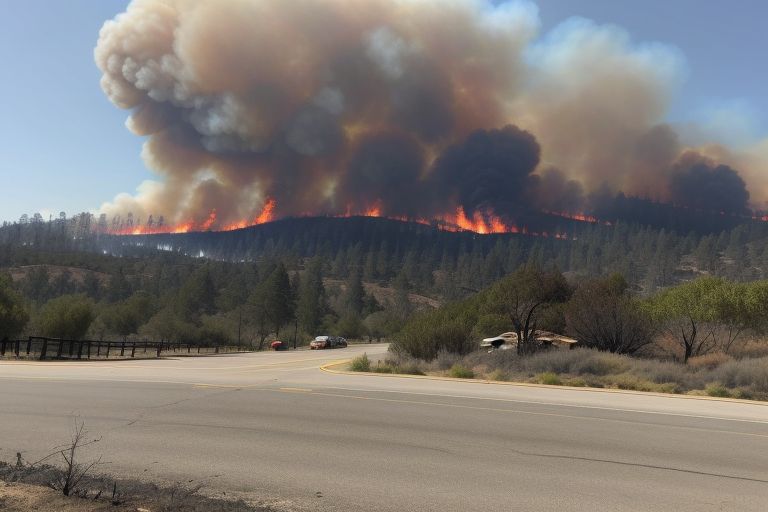As the September begins, California faces a critical heat wave which threatens to surpass all temperature records and power consumption level. It is forecasted that maximum temperatures will soar over 100 but some inland place may go as high as 115 especially in the afternoon.
Much of the southern part of California and the central valley are under advisory of excessive heat from the National Weather Service and people are recommended to stay as much indoor as possible.
There have been some appeals made by the California Independent System Operator (ISO) which has appealed to people to switch off electricity appliances especially during evening of high usage in order to avoid blackouts.
According to the ISO, demand is expected to be highest between 4 p. m. and 9 p. m. a period when solar energy generation is low and air conditioning demand high. California Governor Gavin Newsom has declared the state of emergency and ordered the emergency operations center to be activated to focus on the further support of the affected areas.
Following subgroups of the population are benefited the most, especially within the periods of susceptibility to contagious diseases such as the elderly, children and individuals with weakened immune systems.
To address this aspect shelters more commonly referred to as cooling centers are being opened across the state for individuals who have no access to air conditioning. In Los Angeles’ County for instance there are more than one hundred cooling centers where people can go for refuge from the heat.
Extreme high temperatures also cause further problems such as risk of fire, this has firefighters on alert. CAL Fire has enhanced staffing and positioning some equipment in other zones mostly the prone areas to fire incidents. People living in the areas thus prone to fire are encouraged to have a protective circle around their homes and should also be prepared to evacuate at any time.
The agriculture industry that plays an important role in the state’s economy is not immune to effects either. Farmers are thus adapting ways of reducing heat stress in crops and animals Some farmers are changing the frequency of watering crops to times they know it will be hot in the day. The heat wave may also hinder crop production and its quality specially those crops delicately sensitive to heat such as strawberry and lettuce crops.
Existing climate conditions such as droughts affect California and therefore the impacts of heat waves worsens. Most of the reservoirs in the state are experiencing very low water stocks and thus cannot generate any hydro electric power or supply water to the growing demand. Many areas of the state are still under some kind of water restrictions and people are at times urged by authorities to use less water even when it is hot.
Mainstream climatologists say the heat wave is yet another forewarning of the effects of climate change in the region. According to Dr. Daniel Swain, a climate scientist of the University of California, Los Angeles, dr, although heat waves have always been a part of the climate in California, they have become more frequent and intense recently.
This is in line with the climatology patterns that have been forecasted to more often and intensely affect the world with severe extreme weather conditions due to increasing concentration of greenhouse gases in the atmosphere.
While people in California await the hottest days, non-profits, city councils and other levels of government get ready to assist vulnerable populations. Some care taker volunteer organizations are visiting elderly persons regularly while some cities have opened public libraries and community centers for longer hours to act as places where people can comfortably cool off.
The local offices of public health are educating communities on the various heat related-illnesses and how to prevent them using social media platforms, community health programs among others.
The heat wave becomes the major stress test of Californian climate adaptation and relevant measures toward the progressive climate shifts. During this difficult period, the joint outcomes of government agencies, communities and individual steps will define how to minimize the effects of high temperatures and protect every citizen of California.











Leave a Reply